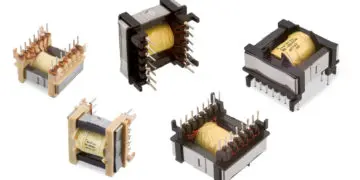Enabling Better Electric Vehicles by Better High-Voltage MLCC Capacitors
This Murata technical paper explore the latest development on high voltage MLCC ceramic capacitors that enable further advances of electrical vehicles electronics. The rapid development of hybrid and battery electric Read the original post at Enabling Better Electric Vehicles by Better High-Voltage MLCC Capacitors

























